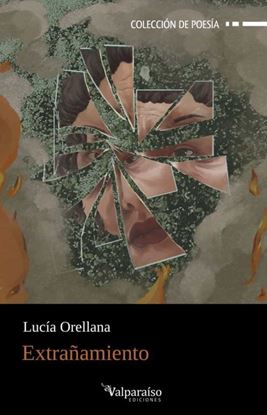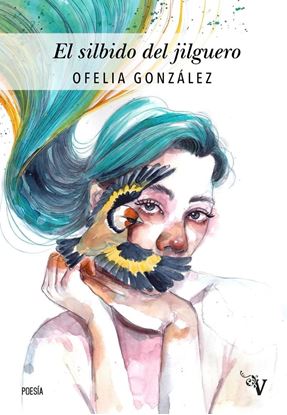

EXTRAÑAMIENTO
Poesía de tonos ágiles e intensos que hurgan / exploran la temporalidad de la existencia a través de imágenes que turban y descolocan al lector. Versos que construyen y deconstruyen un espacio de extrañamiento, donde toda exploración es posible en la medida en que las grietas de la memoria evoquen un fonema, porque cuando hay lenguaje no hay ausencia. Los textos de Lucía Orellana transitan / recrean parajes cercanos y lejanos, los captura con su voz fosforescente en la urgencia de atrapar lo que fue y lo que será.
650
488
EL SILBIDO DEL JILGUERO
El silbido vulnerable del jilguero me despierta, a veces, desde la ventana de la habitación. Y, como las gotas condensadas, empiezo a deslizarme por la memoria. Viajo otra vez a la tierra que habité, ahora curtida por el presente, y recuerdo todas las heridas existentes. Creo que fue en ese instante cuando empecé a escribir. O había sido antes, no sé. La memoria a veces es confusa. A veces, sin embargo, no escucho su silbido y hablo con el silencio, que me recuerda las ausencias que no vuelan. Entonces, les escribo y dejo que vuelen sobre el papel.
650
488
FENOMENOS
En Fenómenos, primer poemario de Kelvik Pineda, se expresa con fuerza y contundencia el dolor humano y la angustia existencial: la realidad brutal de la vida que también involucra la muerte y la impotencia y furia de no poder cambiar nada, porque son precisamente los poderosos quienes tienen el control de todo. La alienación que se vive en las grandes ciudades, el exilio, la inadaptación, el aislamiento y la incertidumbre ante el futuro; la memoria viva del terror de violencias pasadas y culpas soterradas, el recuerdo de un amor distante o perdido, las contradicciones identitarias y las interrogantes sobre el ser en su relación con el mundo, son algunas de las cuestiones que aborda esta poesía, así como la consciencia de libertad, pero en soledad, la desesperación silenciosa, el hartazgo y el vacío de vivir bajo el régimen de la mentira, la angustia e imposibilidad de salir del laberinto, y el deseo de huir de uno mismo y saltar hacia la nada.
650
488











